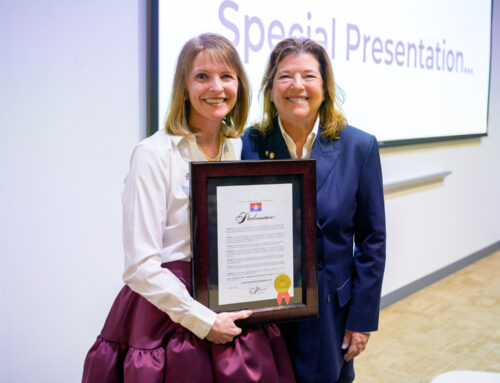Commuters, take heed — construction on LBJ Freeway gets underway early this year. LBJ originally was built in 1969 to carry 180,000 cars a day; today is traveled daily by more than 270,000 vehicles; and 10 years from now, is projected to carry 450,000 cars and trucks a day. Two major plans have come and gone since the late 1980s, when state highway department (TxDOT) engineers and local officials began looking at how to relieve LBJ’s congestion. One plan included 24 lanes of concrete including frontage roads, a veritable river of cement that homeowners and businesses along LBJ quickly nixed. They also spelled out two conditions: The new road would be no higher and no wider than the existing road. A subsequent plan called for two three-laned tunnels under the existing roadway, which would run the length of the worst congestion, from approximately Preston to Webb Chapel. This more expensive plan, created as funding for highways began to decline, also was thrown out. The final design for the western portion of LBJ between Central and Stemmons (because that is the funded portion) calls for eight free main lanes and six new managed toll lanes, built at a lower level with the free lanes cantilevered over them. Varying toll amounts will be charged depending on the type of vehicle, the number of people in the vehicle, and the time of day (rates will be higher during rush hours). This pricing strategy is supposed to enable traffic to keep moving at 50 mph in the toll lanes at all times. The design also calls for frontage roads to be built where there aren’t any now. The interchange at LBJ and Stemmons will be rebuilt in the first phase of construction, and eventually will look like the High Five at Highways 635 and 75. Also in the LBJ design, room was left under the highway for a possible future DART rail line. Because the reconstruction is a public-private partnership project, it will be finished in five years instead of 20 — five years to be thankful for living far away from the roadwork madness.





